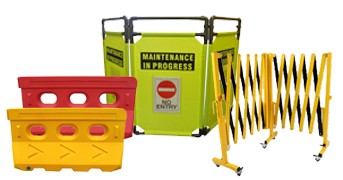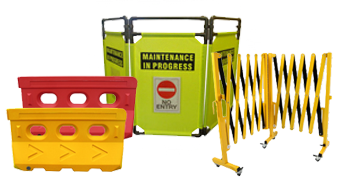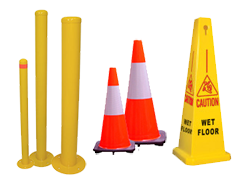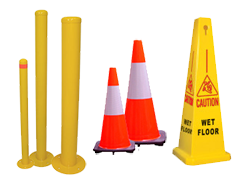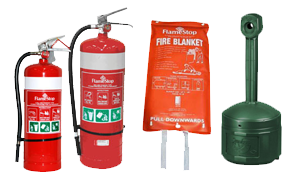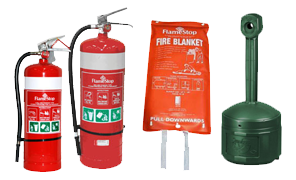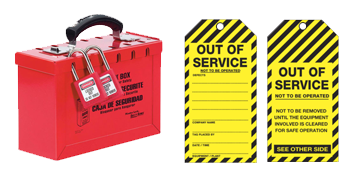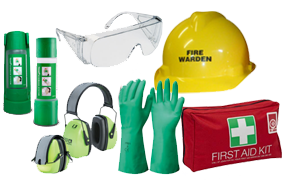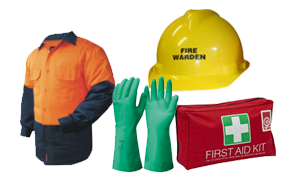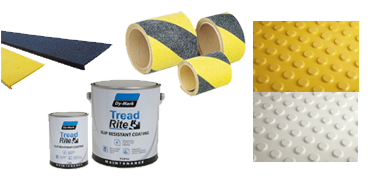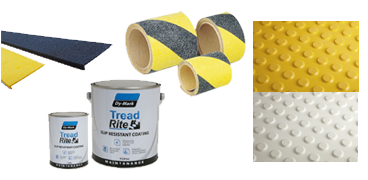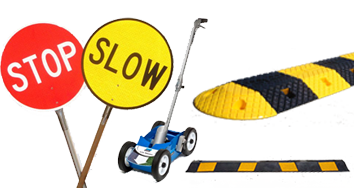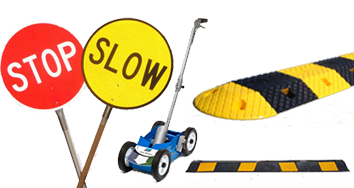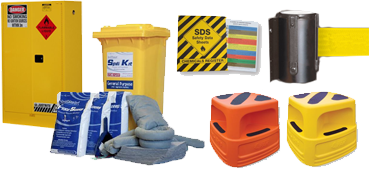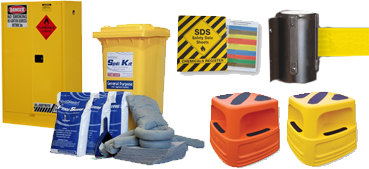The following is a comparative document for aerated and non-aerated water in Eye and Eye/Face flushing units. It will discuss the uses for and advantages/ disadvantages of both fluid types.
What is an Emergency Flushing unit?
Otherwise known as Eye Wash units, Emergency Flushing units are positioned in hazardous environments, and are designed as a first aid and emergency treatment tool for the eye and face regions. Water flows from the unit, rapidly cooling the contaminated areas and reducing chemical reactions. By producing what is known as an ‘osmosis effect’, the water efficiently draws away any hazardous chemicals or toxins. These units are typically either aerated or non-aerated.
What is the difference between Aerated and Non-Aerated Flushing Units?
Put simply, the only major difference between these two units is the type of water that is produced. An aerator unit has an additional device attached that aerates the water before it exits the nozzle. The process adds millions of microscopic air bubbles to the water, producing a softer yet more effective scrubbing action against the delicate membranes of the eyes and face. A non-aerated unit produces a slower and harsher spray that is often deemed less effective.
In comparison to a non-aerated unit, an aerated unit…
- Wets the area more thoroughly and quickly, offering better protection.
- Is softer and more comfortable to use, and therefore is generally considered better in an emergency situation.
- Requires less water pressure to be effective as a first aid device.
- Will not drive particulate matter into the soft mucus membranes of the eye.
- Is more expensive to purchase due to the additional aerator unit.
- Is more expensive to maintain due to the addition of the aerator unit. This is especially relevant for worksite areas with higher calcium levels present in the water. Calcium reacts to the higher levels of oxygen and carbon dioxide in aerated water and can erode the aerator unit. This is not likely to harm the user, but will require more frequent maintenance.
In comparison to an aerated unit, a non-aerated unit…
- Strikes harsher, and thus must run at a slower rate so as not to harm the area further.
- Is frequently known to bounce or splash off the affected area. For this reason, it often provides only partial coverage – specially to contoured areas such as the eyes, nose and cheeks – and can take longer to remove substances.
- Is cheaper to purchase and maintain. If a company or project is restricted for funds, it is still safer to have a non-aerated flushing unit on site, than none at all.
- Is more effective in geographical areas that have a higher level of calcium in the water.
"BRONSON’S HOT TIP – Before purchasing an Emergency Flushing Unit for your workplace, check the calcium levels in the water surrounding your geographical location. High calcium levels can erode the aerator unit faster than usual, requiring more frequent maintenance and higher costs. Purchasing a non-aerated machine is a good alternative in these circumstances. "

